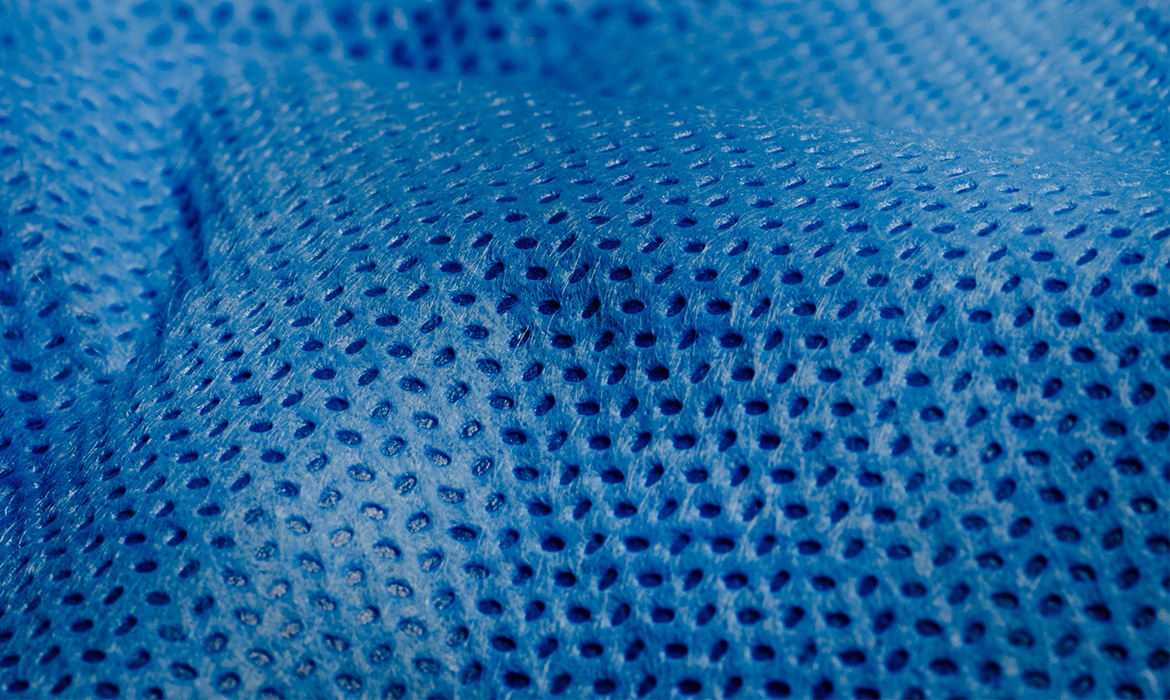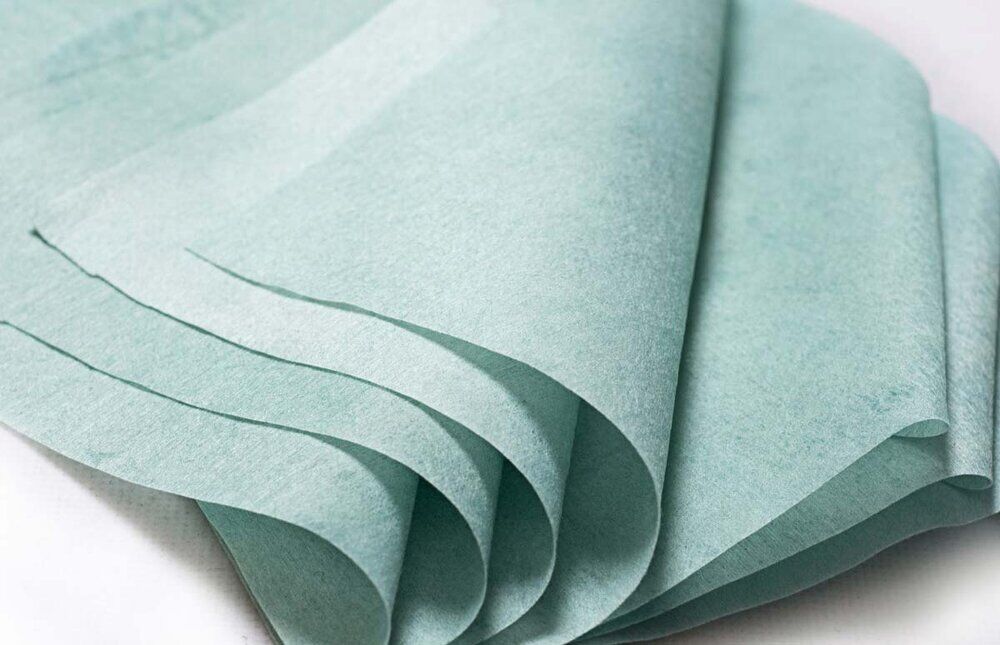
What is Geotextile?
The most recent

What is Geotextile?
9/20/2025Geotextile is a type of engineered fabric used in civil engineering projects. At HarirBaft Amir, we provide geotextiles at the best prices.

What is Agricultural...
9/12/2025Agricultural fabric is made from materials such as polypropylene or polyethylene and is manufactured using technologies like weaving or spunbond processes.

What is Nano Fabric?
8/20/2025Nano fabric, or nanofabric, is one of the key achievements of nanotechnology in the textile industry, revolutionizing our understanding of fabrics and their applications.
The most visited

Where to Buy Spunbon...
9/30/2023Spunbond fabrics belong to a category of non-woven textiles made from polypropylene. Unlike conventional fabrics constructed with warp and weft, spunbond materials

What is Spunbond
10/2/2023One of the most captivating, functional, and widely-used fabrics in the domestic market is the spunbond fabric. This fabric plays a significant role in the production of industrial products due to its unique characteristics.

Crafting Melt Blown ...
9/30/2023Melt blown textiles have emerged as one of the most sought-after materials, gaining prominence especially in the healthcare field
subscribe to newsletter

What is Geotextile?
9/20/2025
Today, fabrics are not only limited to clothing and textiles. One of the most innovative and vital applications in civil and environmental engineering is the use of Geo textiles (Geotextiles). These fabrics are widely used across various industries thanks to their unique features such as separation, filtration, and reinforcement. Geotextiles not only improve the stability and durability of construction projects but also serve as an economical and eco-friendly solution. In the following sections, we will explore the different types of geotextiles and their applications in infrastructure projects.
What is Geotextile?
A Geotextile is a type of engineered fabric specifically designed for civil engineering and construction projects. Made from synthetic materials such as polyester or polypropylene, geotextiles play a crucial role in enhancing soil performance, strengthening engineering structures, and reducing project costs. They are commonly used to optimize soil conditions, increase durability, and improve the overall performance of construction works.
Applications of Geotextiles
Geotextiles are widely used in civil engineering and environmental projects. Here are some of their most important applications:
1. Soil Reinforcement and Stabilization
One of the primary uses of geotextiles is to reinforce and stabilize weak soils. In projects located in areas with poor soil strength or high erosion risks, geotextiles act as a strengthening layer, improving soil stability and preventing unexpected settlements.
2. Erosion Control
Geotextiles act as a protective barrier against soil erosion. In projects exposed to wind or heavy rainfall, they prevent soil washout and surface layer degradation. This not only minimizes environmental damage but also helps stabilize the ground surface.
3. Drainage and Filtration
Another key application of geotextiles is in drainage systems. Due to their high permeability, they allow water to pass through while blocking soil and sediment particles. This makes them highly effective in projects such as dams, road construction, and water management infrastructure.
4. Environmental Protection
Geotextiles are also used in environmental protection projects. For example, in coastal engineering and wastewater management, they serve as barriers against coastal erosion and environmental pollution, helping preserve natural resources.
Types of Geotextiles
Geotextiles are generally produced in two main types, each with distinct characteristics and applications:
1. Woven Geotextiles
Woven geotextiles are made by interlacing fibers into a strong, structured fabric with high tensile strength. They are primarily used in projects that require structural reinforcement and load-bearing capacity, such as roadways, railways, and bridges. Their main advantage is durability and resistance to pressure and tension.
2. Non-Woven Geotextiles
Non-woven geotextiles are produced through processes such as compression and bonding of fibers. These fabrics are lighter and more flexible compared to woven types. Thanks to their water absorption and filtration properties, they are commonly used in drainage, filtration, and erosion control projects. They are also widely applied in dam construction and agricultural drainage systems where permeability is crucial.
The Importance of Geotextiles in Construction Projects
By now, we have seen how geotextiles contribute to infrastructure. Their use not only enhances durability and stability but also provides significant economic and environmental benefits. Let’s take a closer look at why they are so important:
Reducing Project Costs
Geotextiles significantly lower project costs. For instance, instead of using heavy and expensive soil reinforcement materials, geotextiles provide a cost-effective alternative. They also reduce long-term expenses by minimizing maintenance and repair needs.
Extending Project Lifespan
By improving soil conditions and preventing erosion, settlement, and structural degradation, geotextiles increase the longevity of civil engineering projects such as roads, bridges, and other infrastructure works.
Environmental Protection
In many construction projects, preventing soil erosion and environmental degradation is a major challenge. Geotextiles act as protective barriers against erosion and pollution, making them especially valuable in coastal protection, dam construction, and flood control. Additionally, they help reduce the use of natural resources like gravel and stone, contributing to sustainability.
Structural Reinforcement and Safety
In critical projects such as roads and bridges, geotextiles strengthen soil structures and improve safety. They evenly distribute heavy loads from traffic and construction, preventing cracks or structural failures.
Overall, the use of geotextiles in construction enhances quality, stability, and cost-effectiveness while promoting environmental conservation.
How to Choose the Right Geotextile
When selecting the right geotextile for a project, the following factors should be carefully considered:
- Define the project objective, such as drainage, soil reinforcement, or erosion control.
- Evaluate technical properties like tensile strength, permeability, and pore size.
- Consider environmental conditions such as moisture, UV exposure, and chemical resistance.
- For long-term projects, ensure the geotextile meets international standards and durability requirements.
- Always check certifications and technical specifications of the product.
Start a conversation
Hello ! Click on a member below and chat.